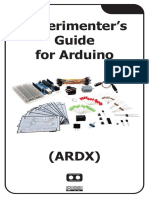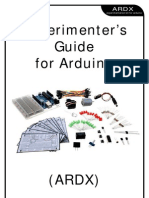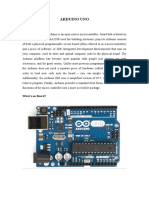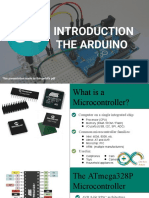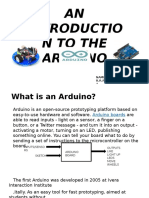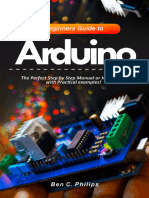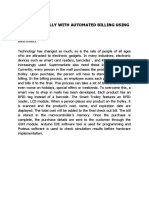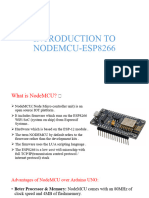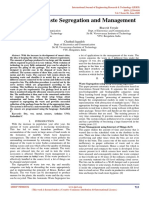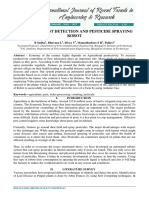0% found this document useful (0 votes)
16 views12 pagesLec 1
Arduino is an open-source electronics platform that combines hardware and software to control devices based on user-written instructions. Key components include the Arduino IDE for programming, the Arduino board with a microcontroller, and various input/output pins for digital and analog signals. The document also briefly introduces a simple project to blink an LED using Arduino code.
Uploaded by
ak6987274Copyright
© © All Rights Reserved
We take content rights seriously. If you suspect this is your content, claim it here.
Available Formats
Download as PDF, TXT or read online on Scribd
0% found this document useful (0 votes)
16 views12 pagesLec 1
Arduino is an open-source electronics platform that combines hardware and software to control devices based on user-written instructions. Key components include the Arduino IDE for programming, the Arduino board with a microcontroller, and various input/output pins for digital and analog signals. The document also briefly introduces a simple project to blink an LED using Arduino code.
Uploaded by
ak6987274Copyright
© © All Rights Reserved
We take content rights seriously. If you suspect this is your content, claim it here.
Available Formats
Download as PDF, TXT or read online on Scribd
/ 12











